Gurgaon, October 17, 2025 — For the fourth consecutive day, Gurgaon’s air quality stayed entrenched in the “Poor” band, with localised hotspots pushing some sectors into “Very Poor” territory. Sector 51, in particular, recorded an AQI of 342, while the citywide average hovered around 266, up from ~260 the day before.
With calm weather, low wind speeds, road dust, construction emissions, and traffic corridors like Dwarka Expressway combining to trap particulates, authorities are scrambling to manage the deteriorating air. While measures such as mechanised sweeping, sprinklers, and construction checks are being ramped up, meteorological forecasts warn that conditions may slip further over the coming days. The public is being urged to take precaution, especially among children, the elderly, and those with respiratory conditions.
Anatomy of the Pollution Spike
Local Sources & Weather Stagnation
Officials point to broken and unpaved road stretches, especially in sectors 88, 90, 92 and 95, as major contributors of dust. Construction sites lacking dust shields and active building work are also under scrutiny. Combined with slow north-west winds and clear skies, particulates are being trapped near the surface.
The Central Pollution Control Board data reveals variability in AQI across Gurgaon: hotspots are forming around traffic-dense corridors and rapidly developing sectors.
Forecasted Downturn
Based on models, air quality is expected to shift further into “Very Poor” territory by October 20–21, if wind patterns stay weak and temperature inversion layers set in.
Experts caution that this transition is being accelerated by falling nighttime temperatures and dust accumulation over consecutive days.
Data & Monitoring Gaps
Interestingly, Gurgaon faces a systemic data challenge: as of April 2025, all 29 Haryana State Pollution Control Board AQ monitoring stations are defunct, weakened by lapsed maintenance contracts and delays in renewal.
To remedy the gap, the HSPCB has approved installation of five new continuous ambient air quality monitoring (CAAQ) stations in the city, alongside new ones in Rewari and Jhajjar.
This lag in data infrastructure limits real-time oversight, enforcement and public alerting during critical pollution episodes.
Health & Vulnerable Populations: Real Risks
When air quality ticks into the “Poor” or “Very Poor” bands, health risks rise, especially for:
- Children, pregnant women, elderly
- Patients with asthma, COPD, cardiac or lung conditions
- Outdoor workers, traffic commuters, two-wheeler riders
Doctors warn that even short exposures can provoke throat irritation, coughing, wheezing, and exacerbation of chronic ailments. With cumulative days of exposure piling up, there is potential for elevated hospital admissions for respiratory and cardiovascular cases.
Public health advisories are emphasizing:
- Use of N95 / PM2.5 masks outdoors
- Avoiding strenuous exercise at peak hours
- Keeping windows closed in early morning / night
- Using air purifiers indoors
Schools may need to reschedule outdoor sports. Senior citizens and children should minimize exposure during dawn and dusk hours when pollutant concentration peaks.
Mitigation Strategies: What Authorities Are Doing
Authorities are deploying a mix of short- and medium-term interventions:
- Intensified mechanised sweeping and road water sprinkling across sectors
- Stricter dust control protocols at construction sites, including mandatory covers, screens, and periodic sprinkling
- Penalty threats for non-compliance in construction, road works, and open dumping
- Deployment of water tankers and dust suppression vehicles in vulnerable zones
- PUC enforcement for vehicles, particularly older diesel units
- Public awareness and health advisories via media and local alerts
But many of these actions are reactive rather than preventive. The city lacks a fully functioning GRAP (Graded Response Action Plan) enforcement mechanism at the municipal level. As Delhi and NCR shift to GRAP Stage I, similar coordinated steps are being eyed in Gurgaon. +1
Broader Context: NCR & Diwali Season Pressures
Gurgaon’s air woes are symptomatic of NCR-wide smog dynamics. Delhi’s AQI has surged to ~245, with a trend pointing toward season’s worst.
Fall in temperatures, calm winds, and stubble burning in Punjab, Haryana and Uttar Pradesh further compound the problem.
With Diwali approaching, firecracker emissions could push AQI into severe zones earlier than usual. Experts warn of a “pollution shock” if proactive controls do not intensify immediately.
In past years, GRAP has enforced phased restrictions on construction, fuel switching, road dust mitigation and vehicle controls. If Gurgaon coordinates with NCR bodies, the impact might be more measured.
Resistance & Community Pressure
Residents and citizen bodies are demanding:
- Real-time disclosure of construction violation data
- Strict PUC checks and enforcement of emission norms
- Dust screens, setbacks and water sprinklers at construction sites
- Greater transparency and access to AQI data
- Creation of a city-level pollution control cell
They argue that weak monitoring and lax penalties embolden rules evasion. With many at-risk groups impacted, pressure on municipal and state agencies is mounting.
Voices From Ground & Experts
“We woke up coughing for four straight days now. The mask is standard gear to step out,” says Neha Sharma, resident of Sector 88.
“Unless we lock the dust at its source—broken roads, bare plots, open demolition—sweeping and sprinklers will at best delay the peak,” says Dr. Ravi Mehra, pulmonologist at a Gurgaon hospital.
Environmental planner Sunita Bhatia notes:
“Gurgaon’s rapid unplanned growth, inflow of construction traffic, and minimal buffer zones make it especially vulnerable. The next few days will test if planning agencies learn lessons.”
What to Watch & Indicators Ahead
- Real-time AQI data as new monitors come online
- Issuance of GRAP activation or municipal alerts
- Number of construction violations flagged / penalised
- Changes in PUC / vehicle route enforcement
- Hospital case load trends for respiratory emergencies
- Meteorological shifts: wind, temperature inversion, rainfall events
A sudden updraft or rain could ease the spike; but if skies stay clear, gravity, dust and emissions may conspire for the worst days yet.
Concluding Assessment
Gurgaon’s four-day run of “Poor” air with localized “Very Poor” hotspots is a canary in the smog-stressed NCR. It highlights three core truths:
- Local emissions & dust control is no longer optional—it’s central to citizen health
- Data infrastructure lag cripples proactive response
- Coordination with NCR & anticipatory planning will make or break this season’s air quality outcomes
If ignored, the city could find itself in the “severe” zone by late October. But if targeted action, enforcement and community vigilance synchronize, Gurgaon may navigate the smog wave without tipping into alarm.
This is more than a pollution episode—it is a test of urban resilience, governance will and public resolve.
#Gurgaon #AirQuality #AQI #Pollution #PublicHealth #NCR #GRAP #Smog






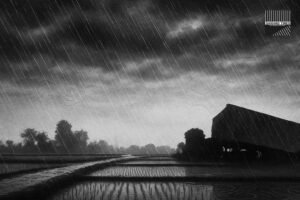




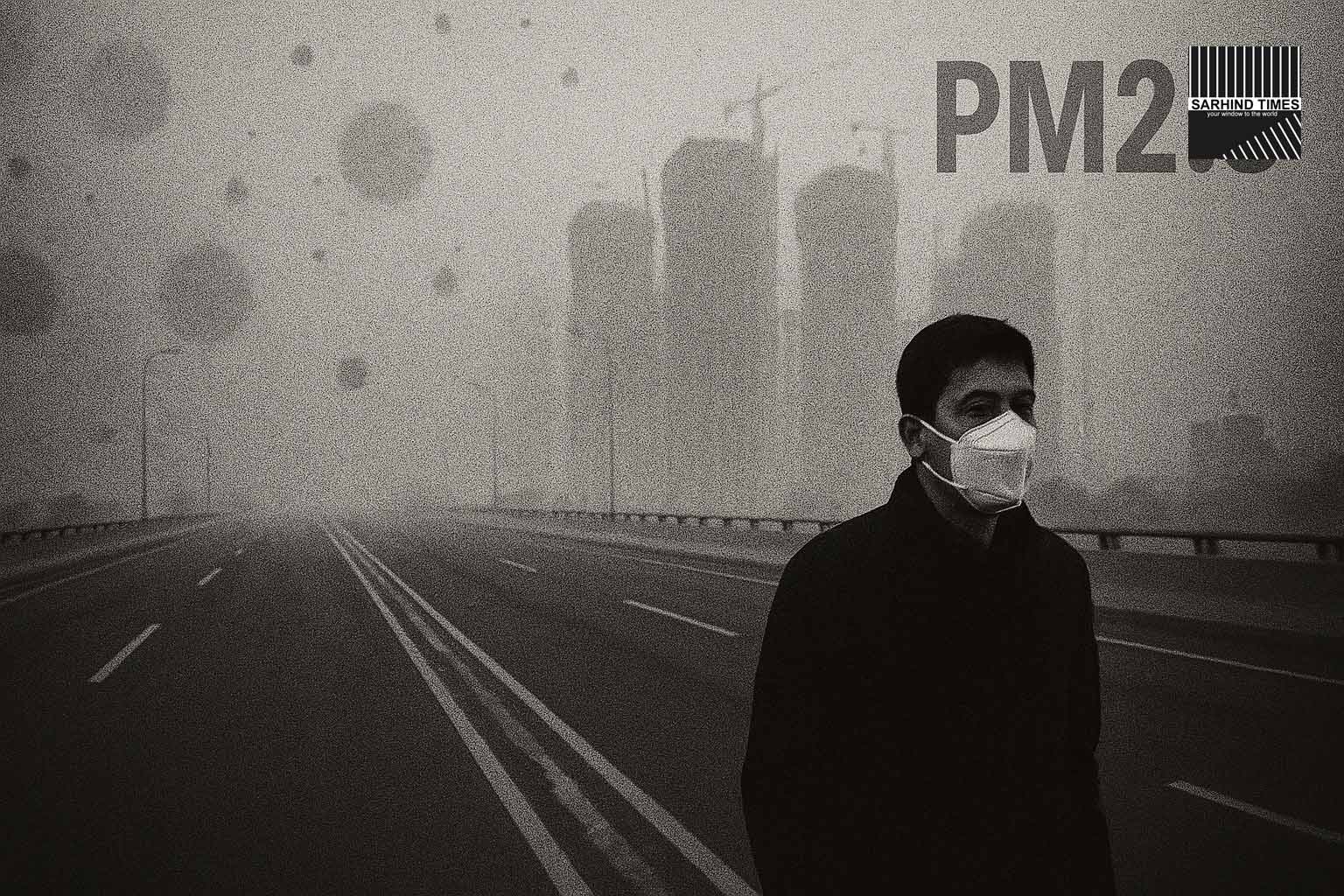
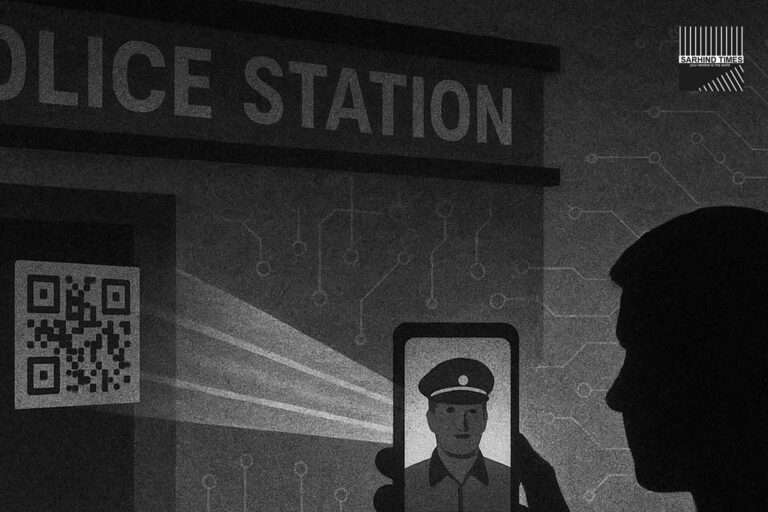


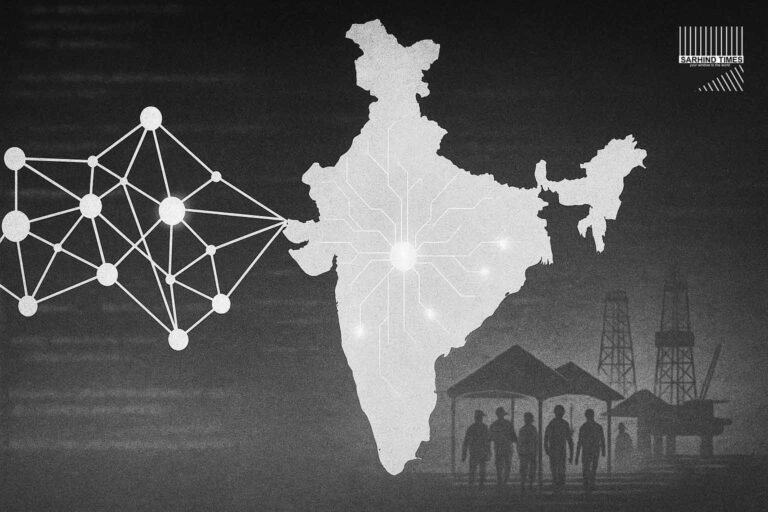


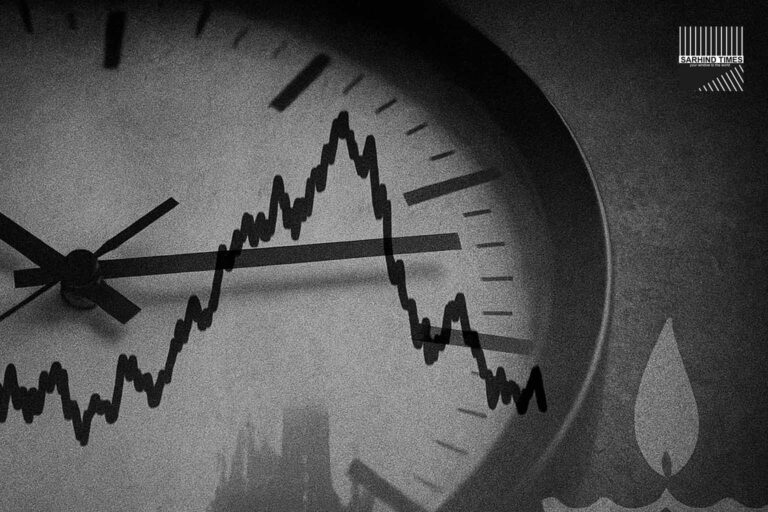

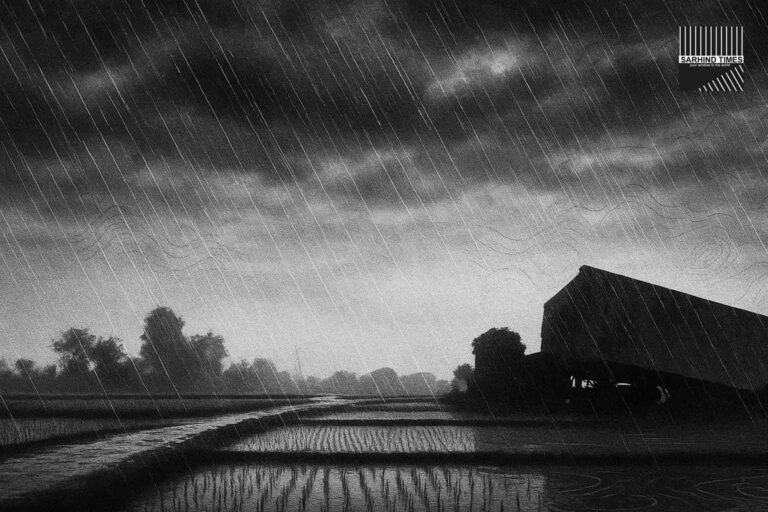
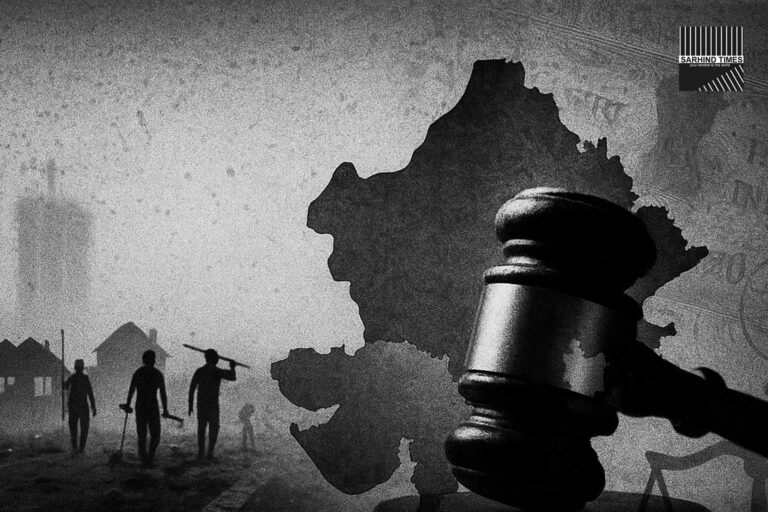
+ There are no comments
Add yours